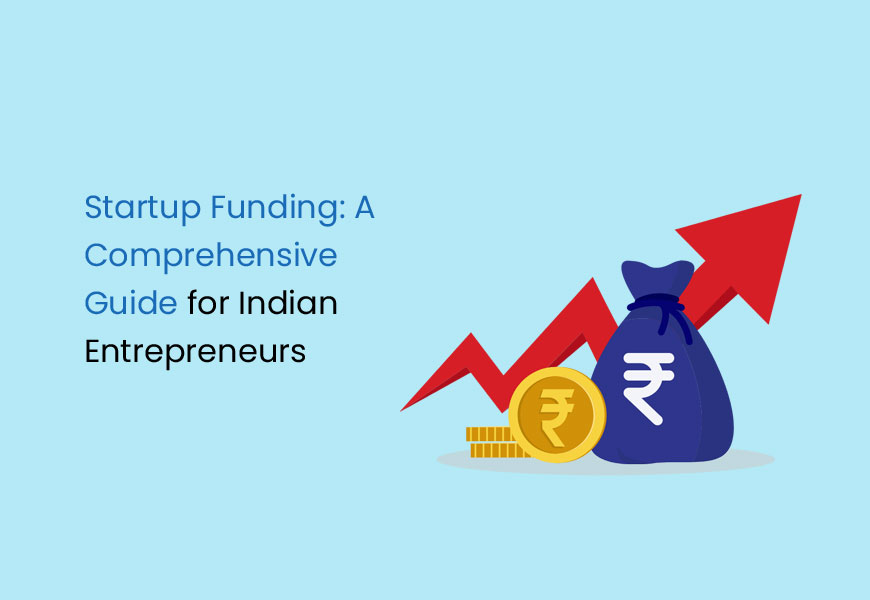Essential Resources For Startup Funding: A Comprehensive Guide

Starting a business is an exciting journey, but securing funding can often feel daunting. With the right startup funding resources, however, entrepreneurs can navigate this landscape more effectively. This guide will explore essential funding types, strategies to find resources, and tips for crafting pitches that capture investor interest.

Introduction to Startup Funding
Startup funding refers to the capital that entrepreneurs seek to launch and grow their new businesses. This funding is crucial because it enables startups to develop products, hire talent, and scale operations. Various resources are available to help entrepreneurs secure the necessary funds, ranging from investors to online platforms. Understanding these resources is key to successfully navigating the startup funding landscape.

Types of Startup Funding
When it comes to startup funding, there are several avenues entrepreneurs can explore. Each type has its advantages and disadvantages, making it essential to choose the right one for your business.
Venture Capital vs. Angel Investing
Venture Capital: Venture capital (VC) comes from firms that invest in high-potential startups in exchange for equity. VCs typically provide larger amounts of funding and can offer valuable mentorship and networking opportunities. For example, Sequoia Capital has backed numerous successful companies, including Google and Airbnb.
Angel Investing: Angel investors are individuals who provide capital for startups, often at earlier stages than venture capitalists. They usually invest their own money and can offer guidance based on their experiences. A notable example is Mark Cuban, who has invested in various startups through his role on "Shark Tank."

Crowdfunding for Startups
Crowdfunding has emerged as a popular method for startups to raise funds from a large number of people, typically through online platforms. Websites like Kickstarter and Indiegogo allow entrepreneurs to showcase their ideas and receive contributions in exchange for rewards or equity. For instance, Pebble Technology raised over $10 million on Kickstarter to fund its smartwatch development.
Government Grants and Loans
Many governments offer grants and loans to support startups. These funding options often come with fewer conditions than private investors. In the U.S., the Small Business Administration (SBA) provides various loan programs designed to help small businesses succeed.

Finding Resources for Startup Funding
Identifying the right resources for startup funding is crucial for success. Here are actionable steps to help you find funding opportunities.
Researching Investors
Start by researching potential investors who align with your industry and business model. Online platforms, such as AngelList, can connect you with angel investors and venture capitalists. Additionally, attending industry events and networking can help you build valuable relationships.
Utilizing Online Platforms
There are numerous online platforms dedicated to helping startups secure funding. Websites like SeedInvest and Crowdfunder allow entrepreneurs to pitch their ideas directly to investors. These platforms can help you reach a broader audience and increase your chances of securing funds.

Creating a Compelling Pitch
Once you've identified potential funding sources, the next step is to craft a compelling pitch. A strong pitch deck can make all the difference in attracting investors.
Key Elements of a Successful Pitch Deck
Your pitch deck should include the following key elements:
- Problem Statement: Clearly define the problem your startup addresses.
- Solution: Explain how your product or service solves this problem.
- Market Opportunity: Present data on your target market and its potential growth.
- Business Model: Outline how your startup will make money.
- Team: Highlight the expertise of your team members.
Common Mistakes to Avoid
While preparing your pitch, avoid common pitfalls. Don’t overload your presentation with jargon, and ensure your visuals are clear and engaging. Practice your pitch multiple times to build confidence and refine your delivery.
Conclusion
Navigating the world of startup funding resources can be challenging, but with the right knowledge and preparation, you can successfully secure the capital needed for your venture. From understanding the different types of funding to crafting a persuasive pitch, this guide serves as a valuable starting point. Explore the resources mentioned and take the first step towards making your entrepreneurial dreams a reality. Don't hesitate to dive deeper into specific funding types and strategies to maximize your chances of success!